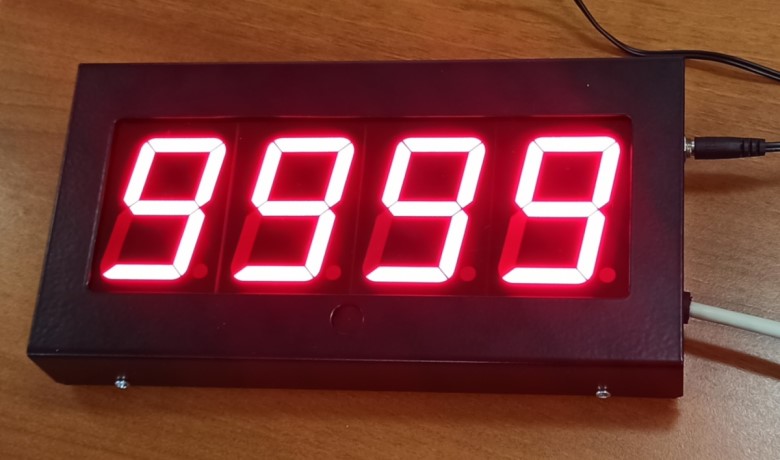
Digital LED display counters are useful in various industrial applications due to their ability to provide clear and visible information in real time. Following are some key advantages that highlight the importance of LED meter displays in the industrial sector:
Real-time data monitoring:
Digital LED display counters are used to display real-time information such as production measurements, cycle times or process measurements. This allows workers and supervisors to monitor current operations and make informed decisions.
Productivity and efficiency:
By displaying production or efficiency metrics, LED counters motivate and engage employees. Displaying progress in real time can boost productivity and encourage healthy competition between teams.
Error detection:
Can be integrated into quality control processes. Any deviations or errors on the production line can be immediately detected, allowing for quick corrective actions to be taken.
Process optimisation:
The visibility of key performance indicators (KPIs) on LED displays helps to analyse and optimise industrial processes. Managers can identify bottlenecks or areas for improvement and implement changes immediately.
Adaptability and flexibility:
Digital LED display counters are flexible and can be adapted to display various types of information. This flexibility allows them to adapt to different production environments and display relevant data for specific processes.
Remote monitoring:
Certain Digital LED display counters can be networked, allowing remote monitoring. This is particularly useful for managers or supervisors who need to monitor production measurements from a control room or an off-site location.
Safety and compliance:
In some industries, Digital LED display counters are used to display safety-related information, such as countdowns for equipment shutdowns or alerts when certain limits are exceeded. This helps to maintain a safe working environment and to comply with regulations.
Time management:
Digital LED display counters with timers can help manage production cycles, work shifts or maintenance intervals. They provide a visual cue for workers to stay on schedule and adhere to planned timelines.
Cost Efficiency:
Improved visibility and control of production processes contribute to cost efficiency. By minimizing downtime, reducing errors and optimizing workflows, digital measurement displays support overall cost efficiency in industrial operations.
Integration of automation systems:
They can seamlessly integrate with automation systems, enabling synchronized displays with automated processes. This integration enhances the overall efficiency and reliability of industrial operations.
In summary, digital measurement displays play a critical role in modern industrial facilities, providing real-time visibility, improving efficiency and contributing to a safer and more productive work environment.

